Emission Monitoring
Regulatory compliance and process improvement are business challenges. Emission monitoring are not only important in protecting the environment but also to track the safety and compliance concern of industrial emission. A Continuous Emission Monitoring System (CEMS) is important to ensure compliance to environmental regulations, reduce exposure to site personnel and the nearby communities.
Beside gas emission monitoring, particulate filtration systems, such as baghouses and cartridge dust collectors are also critical for the industrial productivity and process control. It help the business to focus on early bag leak detection during the emission and solid flow monitoring for process control applications.
Therefore, gas emission and particulate filtration system monitoring are both equally important as it helps companies to improve operations, reducing operating cost, comply EPA emissions regulations, meet compliance with OSHA regulations for employee health and plant safety.
Featured Applications
Fence Line Ambient Monitoring of Toxic Compound

Air pollutants and toxic compounds can cause a significant hazard to the public. Therefore, monitoring for fugitive gases crossing the boundaries of industrial plants and crossing to nearby communities is of utmost importance.
Early detection translates into quicker response times, reduced environmental impact, decreased plant downtime, and reduced exposure to site personnel and the community.
Complying to regulations such as the EPA Method 325 and 40 CFR 63.658 (MACT), our Open-Path AirSentry FTIR Analyzers are the only commercial open-path FTIR analyzers to have been evaluated at 2 US EPA site studies and proven capable of detecting, identifying and quantifying air toxins.
Our system can monitor up to 1km and eliminates the need for many single point gas specific sensors, lengthy calibrations, and laboratory analysis. With many installations worldwide, it have proven to fulfilled environmental regulation requirements and monitoring challenges for some of the world’s largest petrochemical companies as well as government bodies around the world.
Monitoring of Fugitive Emission of Toxics in Ambient Air

While many gases are considered dangerous only at certain concentrations, certain hazardous gases have been proven to be unsafe at any concentration, such as BTEX. In addition to being highly flammable, they are known to cause a range of deleterious effects on the human body.
With part per trillion (ppt) minimum detection limits for Benzene, the UV Sentry allows regulatory compliance for SCAQMD Rule 1180 and BAAQMD Rule 12-15 BTEX monitoring. It also represents a stand-alone solution for alternative MACT compliance for US EPA Method 325 refinery fence-line benzene monitoring.
Being a true multi-gas analyzer solution, our field units not only can measure BTEX but also Acrolein, Ammonia, 1,3-Butadiene, Chlorine, Formaldehyde, Naphthalene, Nitric Oxide, Nitrogen Dioxide, Phenol, Styrene, Sulfur Dioxide and many more.
Path lengths of the analyzer are used up to 1.3km distance offering a gap-less monitoring coverage with hands-off reliability.
Flue Gas Desulfurization (DeSOx) Process
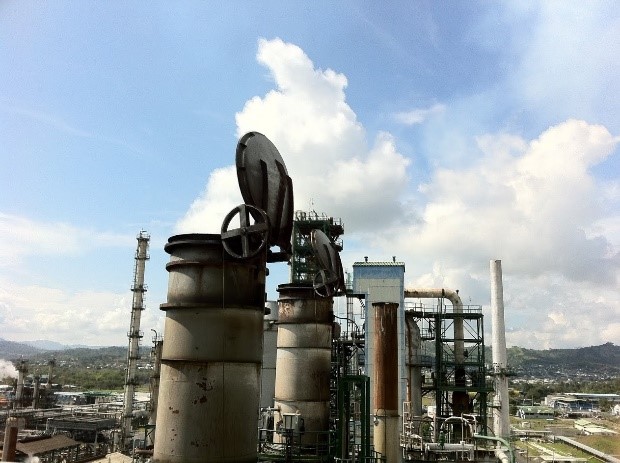
When fossil fuel such as coal and oil are burned in power generation, oxygen will cause the conversion of Sulfur into Sulfur Dioxide (SO2). The excess oxygen could cause the equilibrium to Sulfur Trioxide (SO3). As SO2 is emitted into the atmosphere, they react with water and oxygen, thus forming acid rain which will affects the healthy living of animals, plants, soils, water, and the general ecosystem.
In many plants, it is necessary to remove the Sulfur from the exhaust flue gas after the combustion process. This is done through the Flue Gas Desulfurization (FGD) unit or DeSOx unit so as to mitigate the environmental impact.
Our engineered and turn-key solution is able to adapt our UV-DOAS analyzers to extractive, cross-stack or in-situ scenarios for this FGD (DeSOX) process control application while providing data in real-time for quality assurance auditing.
Flue Gas Treatment - DeNOx and Ammonia Slip
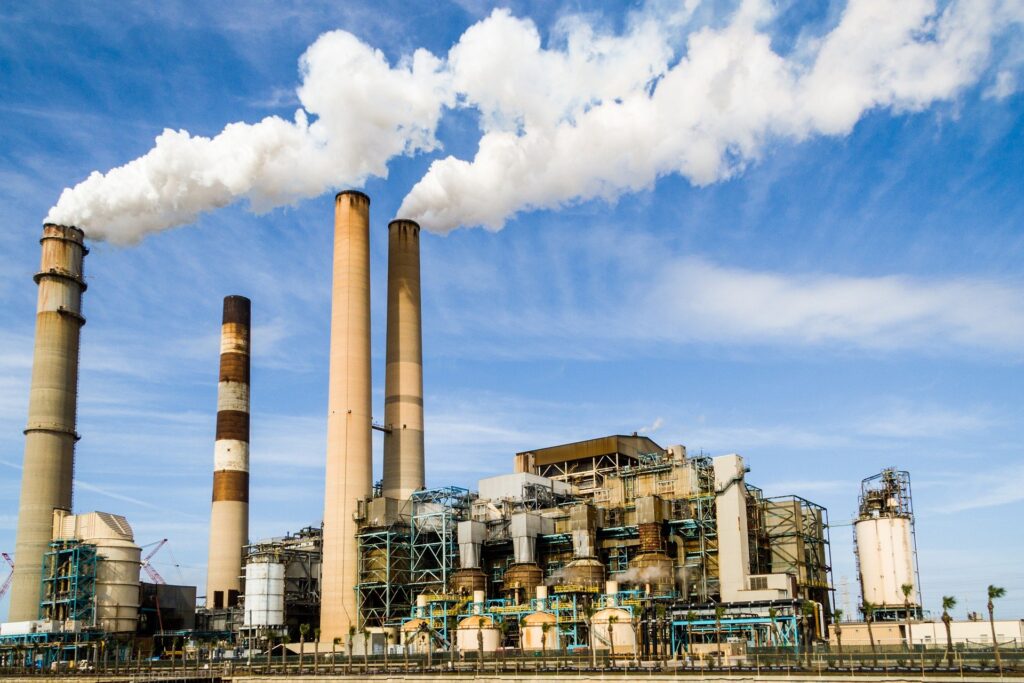
NOx emissions from combustion sources can react to form smog and acid rain. Because of this reason, most countries have environmental regulations to limit the amount of NOx emission which makes NOx control an important consideration for plant operators.
Flue Gas Treatment using Selective Catalytic Reduction (SCR) is one of the common method used globally for the reduction of NOx (DeNox) using ammonia or urea as a reducing agent.
Our UV-DOAS analyzers turn-key complete solutions are able to provide an extractive or in-situ measurement for this DeNOx process control application and Ammonia slip. In addition, we can also provide a diverse array of process applications with the specific target gas mixture.
Acid Discharge at
Catalyst Producer Plant
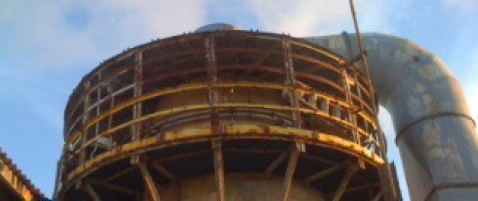
The world largest chemical companies for catalyst producer which is used at the refineries in the manufacture of diesel and gas petroleum was tasked to analyze their rising costs and downtime associated with powder processing baghouses at their catalyst facilities.
Several of their plants had reported a significant increase in emergency outage hours and rising operational costs due to baghouse problems. Acid discharge caused by their baghouse upset conditions resulted in damage to process equipment structure.
Our solution of tightly integrated control of the cleaning system resulted is a reduce downtime, enabling plants to prevent excess emissions and product loss, protect downstream equipment, significantly reduces compressed air consumption, reduce replacement costs and reducing the employee exposure to hazardous particulate and confined spaces.
The final Return on Investment (ROI) data showing an improved process efficiency and plant cost saving.
Raw Carbon Black
Production
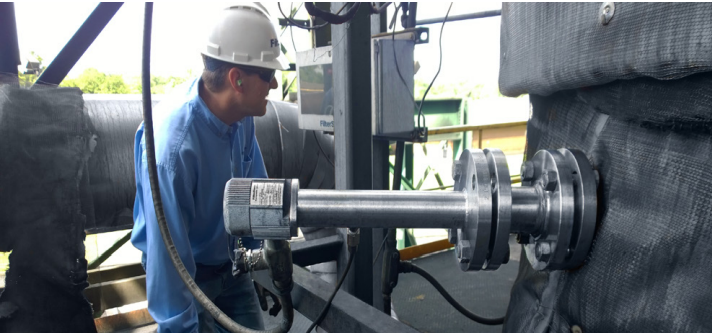
Raw carbon black production processes are extremely harsh and demanding. Temperatures can reach 760°C. Moisture is used to control quality, and SO2 presents corrosion issues.
For particulate monitoring, the concentrated black powder complicates opacity and any light scatter device operation. Therefore, for any type of instrument, carbon black processes are among the most challenging.
Our particulate monitoring technology offers carbon black producers the best available solution to prevent tenacious emissions while minimizing instrument maintenance, repair/refurbish costs, and unplanned down time. Our baghouse control and diagnostic systems and software can also provide significant operational ROI opportunities and further your process and compliance optimization. With proactive, high-quality product support, we allows producers to focus on core operations and improve profitability.
Calcium Carbonate Mining
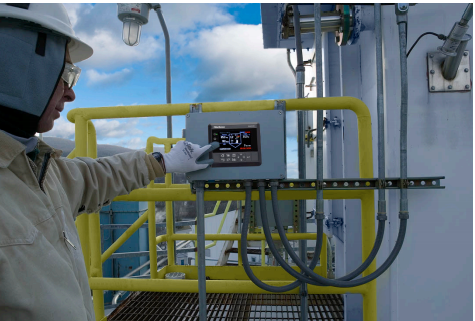
With the EPA regulations, mineral producers are required to monitor and report filter differential pressure (DP) and pulse pressure, and to conduct Method 22 visual emission inspections twice daily on every dust collector/baghouse.
Leading mineral producers can gain a competitive edge by investing in technology, including intelligent control and sensing tools to drive production and operational efficiency.
We offer a turn-key solution to meet the EPA regulations with numerous improvements to operations and provide long-term value by reducing energy use, diagnostic on solenoids/valves and filter leak location by rows, reduce maintenance, prevent downtime and increase safety.
Aluminum Smelter
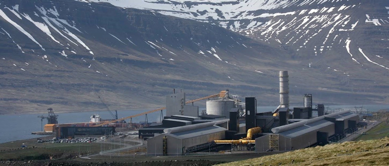
At Iceland’s largest aluminum smelter, located in a pristine glacial fjord, air flow through the stack is 2.8M CFM after being treated by two Gas Treatment Centers (GTC), each consisting of a 12-compartment baghouse with a total of 23,020 individual filters. The challenge for this plant was to keep particulate emissions as low as possible while minimizing downtime and expenses to maintain the baghouses.
Our Particulate Matter Continuous Emission Monitoring System (PM CEMS) was installed alongside an optical forward scatter PM CEMS in the common outlet of each baghouse to monitor total particulate for regulatory compliance.
Site comparison proved that we can provide a superior leak detection below 1 mg/m³ with similar mass linearity and superior baseline measurement. It operates without the need for calibration or lens alignment with at least 6 times longer maintenance interval.
Rolled Aluminum Producer
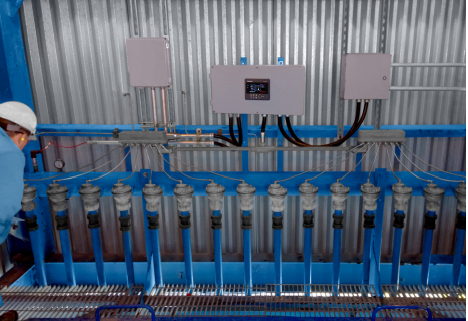
Increasing production at a large facility comes with challenges. With commitment to the community and environment, such a large facility would have to take proactive steps to ensure their baghouse processes and stacks complied with US-EPA MACT standards.
US-EPA MACT filter leak detection regulations for secondary aluminum require adhering to quality assurance (QA) testing as specified in EPA-454/R-98-015 Fabric Filter Bag Leak Detection Guidance. The required tests include a zero, span, and response to actual PM injection.
With our internal circuitry to automate these tests, data is recorded in the instrument. The design and accuracy of our self-test systems meet internationally recognized EPA standards including ASTM D7392 and EN 15859. Automatic QA means reduced labor costs and prevent recording errors. In addition, reports are generated automatically further saving time.
Cement Manufacturing
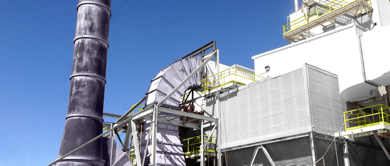
Cement producers are challenged to meet EPA regulations without interrupting production while striving to improve profitability in a competitive cement market.
Typical sensors and controls for baghouses are often basic and do not provide intelligent control or preventive insight into the process. Time-consuming manual inspection of filters and baghouse components become necessary. This can require a shut down or extend an outage. The historical EPA requirement for an opacity monitor in the stack provides
little value toward preventive and proactive emissions control.
To fully monitor and optimize the kiln filtration systems and overall plant production, our integrated sensing and control can provide intelligent differential pressure control, optimized filtration and pulse cleaning, actionable diagnostics, and advanced particulate monitoring, which utilizes charge induction sensing.
Asphalt Plants

A smoothly running baghouse is critical for asphalt production to keep road paving on schedule. Therefore, planning filter maintenance ahead of time and meeting compliance with low maintenance is necessary.
Due to the batch processing with high
moisture and sticky particulates, most of the existing system were repeatedly unreliable. False alarms significantly hampered production with frequent maintenance.
Field and time tested, we can offer a complete reliable solution for particulate monitoring for hot mix asphalt processes. Complete with diagnostic features, our solution can help to even locate filter leaks by row at the hot mix baghouse, enabling the plant to replace only the damaged filters thus, saving time and expensive filter replacement costs. This enable the staff to focus on production and proactive baghouse maintenance before major problems ensue.